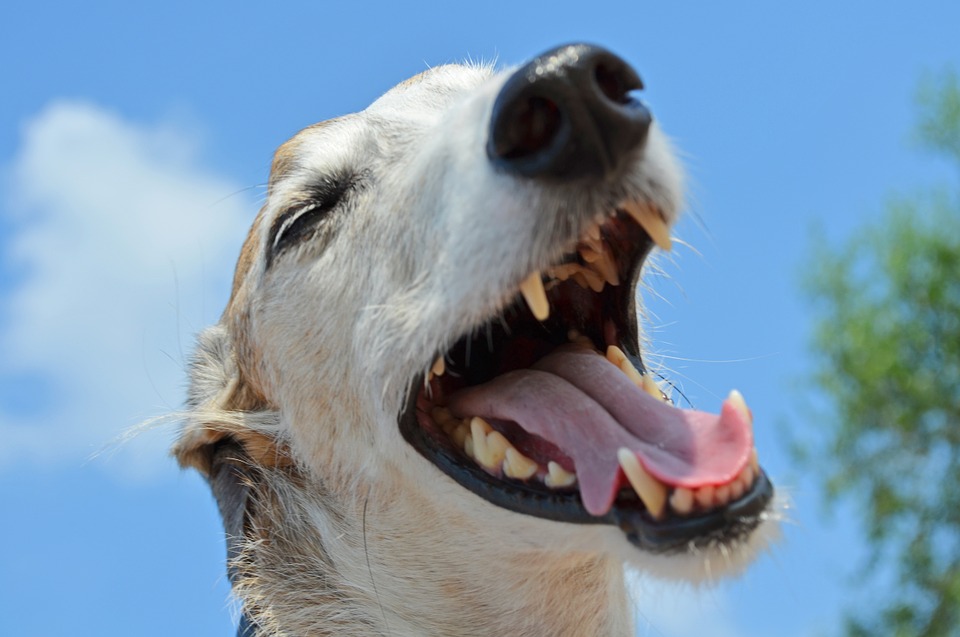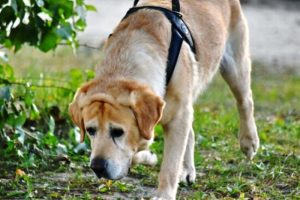
We brush our teeth twice a day, and we visit the dentist regularly. We floss and take care of our teeth in different ways, but why do we do this? We do this to prevent tooth decay, bad breath, and other medical conditions.
However, when it comes to dog dental care, we don’t pay much attention. Although it is unlikely that your dog will get cavities, it is imperative to take care of your pet’s teeth and gums. According to research, up to 70% of dogs suffer from dental problems. Dental problems can cause more problems than you think. Therefore, it is crucial to pay attention to them regularly and daily.
Cavities in Dogs
Tooth decay occurs in about 5% of dogs. Cavities usually form when the pH of a dog’s saliva becomes high, creating the perfect environment for bacteria on the teeth to ferment the food debris left in the mouth. The acid produced by the bacteria can damage the enamel and cause painful cavities. Dogs also suffer from bad breath. Bad breath and subtle changes in behavior (such as less time playing) are often hinted at until the pain becomes unbearable.
Preventing Tooth Decay
Tooth decay in dogs may not be as common as in humans, but when it does occur, you will be reminded of the importance of regular dental care for your dog. If plaque is not removed, it becomes tartar, which contains minerals. Tartar is a hard, brownish deposit that adheres to your pet’s teeth.
Your dog’s tartar will not disappear with regular brushing and needs to be removed by a veterinarian, and this requires the animal to be anesthetized. Tartar also collects a lot of bacteria, which can lead to periodontal disease. This causes a foul odor in the dog’s mouth and eventually leads to loose teeth or even tooth loss. Other complications of periodontal disease include kidney, liver, and heart problems due to bacteria entering the bloodstream from these organs. Many bacteria can also cause abscesses.
To prevent tooth decay in pets, a commitment to dental care is essential. Dogs need to have their teeth brushed on a regular or daily basis. This can be a lot of work, but your dog can get used to this daily routine with patience and effort. Your vet can always demonstrate the proper way to brush and answer any questions you may have about starting and maintaining your dog’s teeth.
Note: Use only special toothpaste for animals, as human toothpaste can irritate the stomach and contain fluoride, which is harmful to your dog. You can buy toothbrushes and toothpaste for dogs at web stores.

What to Feed Your Dog
It is best to feed hard pellets instead of soft food, and eating grains allows them to clean their teeth more mechanically by chewing. There are also animal foods that can help prevent tartar formation in dogs that are prone to it.
Other Foods
Chewing Sticks With Enamel
When your dog chews on a dental stick, his teeth and gums are constantly being scraped by the hard surface, which helps to remove plaque and tartar buildup. After brushing your dog’s teeth, give him a chewing stick to help prevent plaque and tartar buildup.
So, here’s how it is:
Rinse aid: more convenient, least efficient
Spray: still easy, slightly more efficient
Gel, no brush: slightly less convenient, but more efficient
Brushing with a brush: not always easy, most efficient
Bad teeth can cause a great deal of pain and discomfort to the animal, and it can also interfere with normal feeding behavior. If in doubt, always consult your vet; they will be able to advise you on what to do. Cavities caused by inadequate dental care can be very painful.






